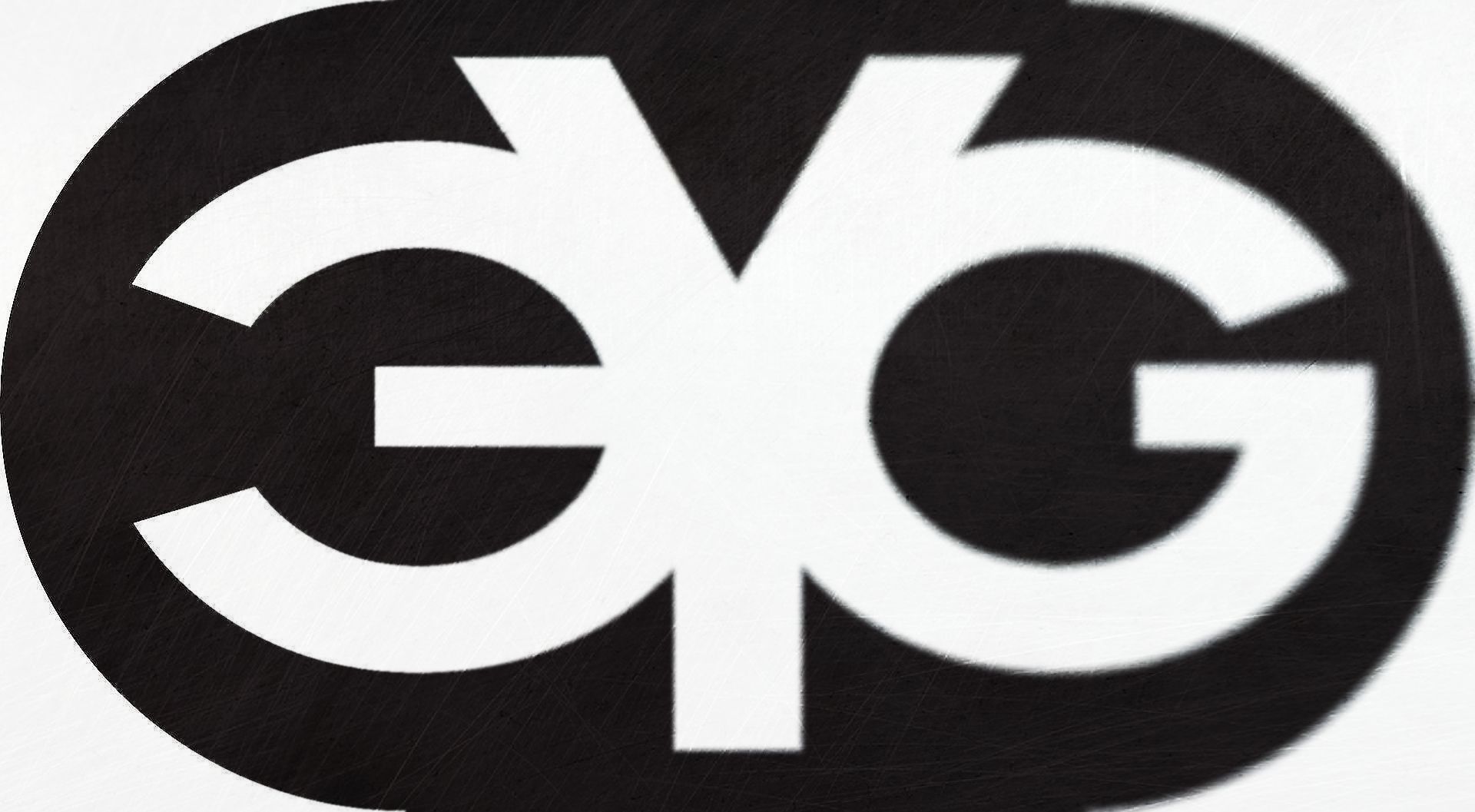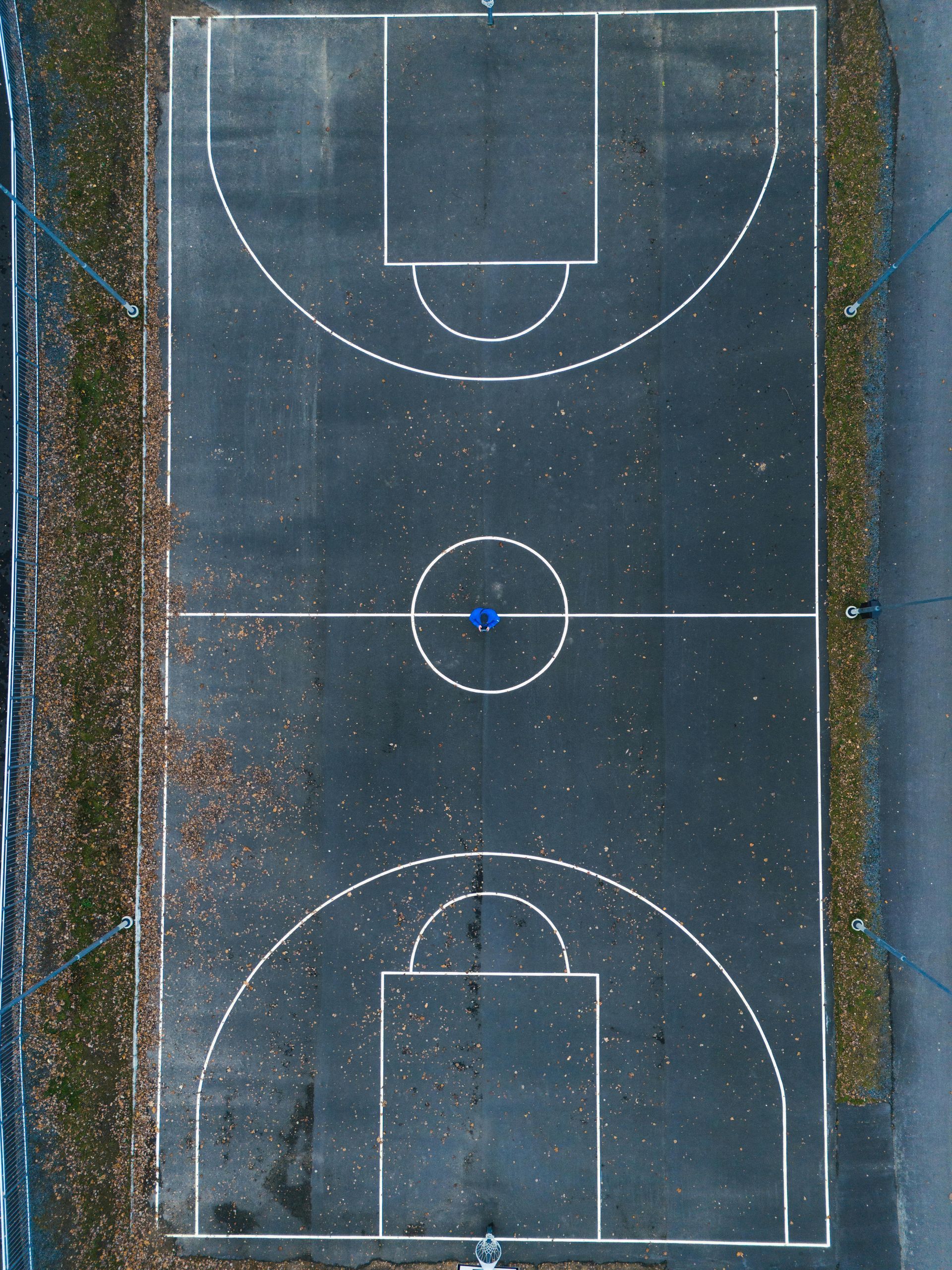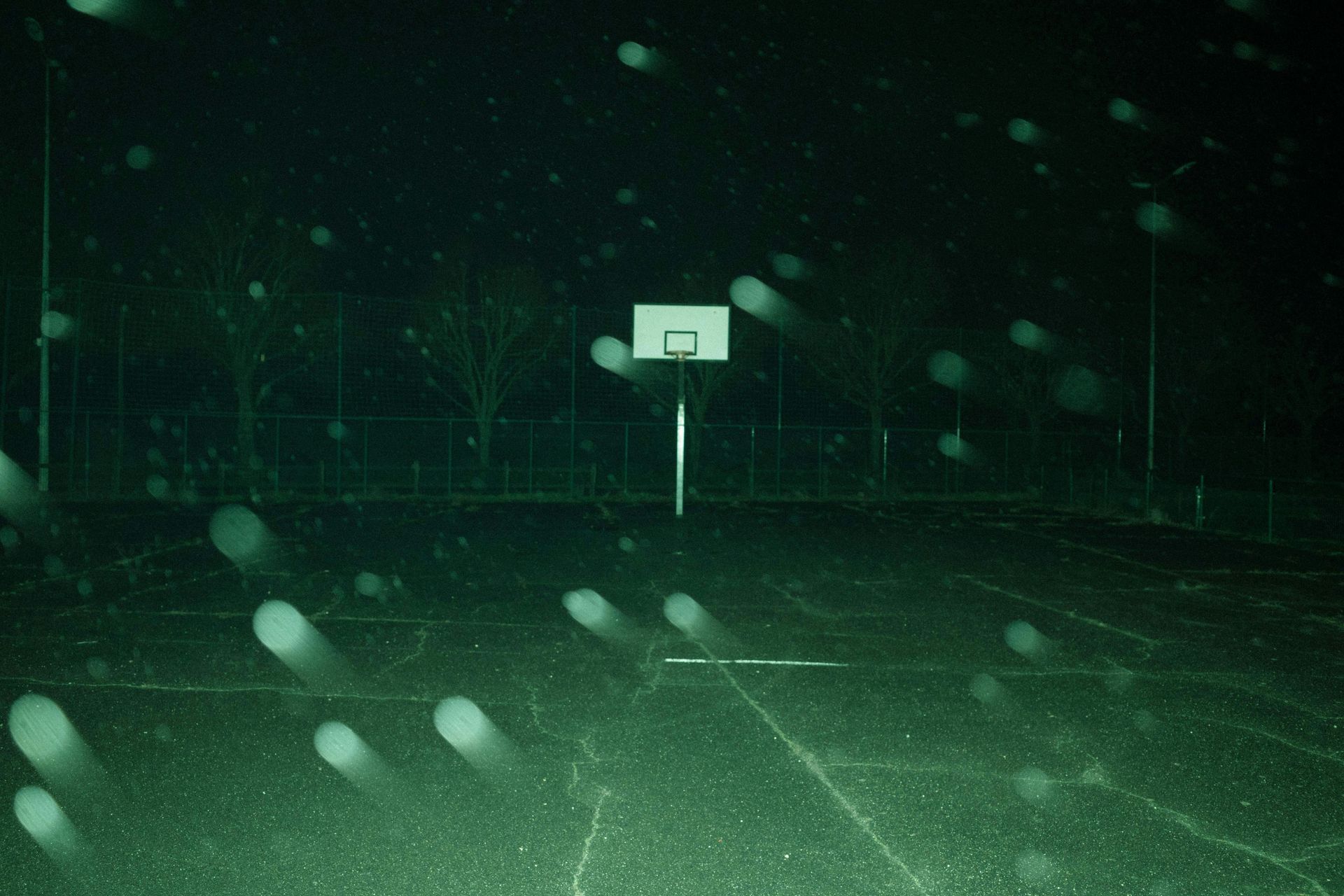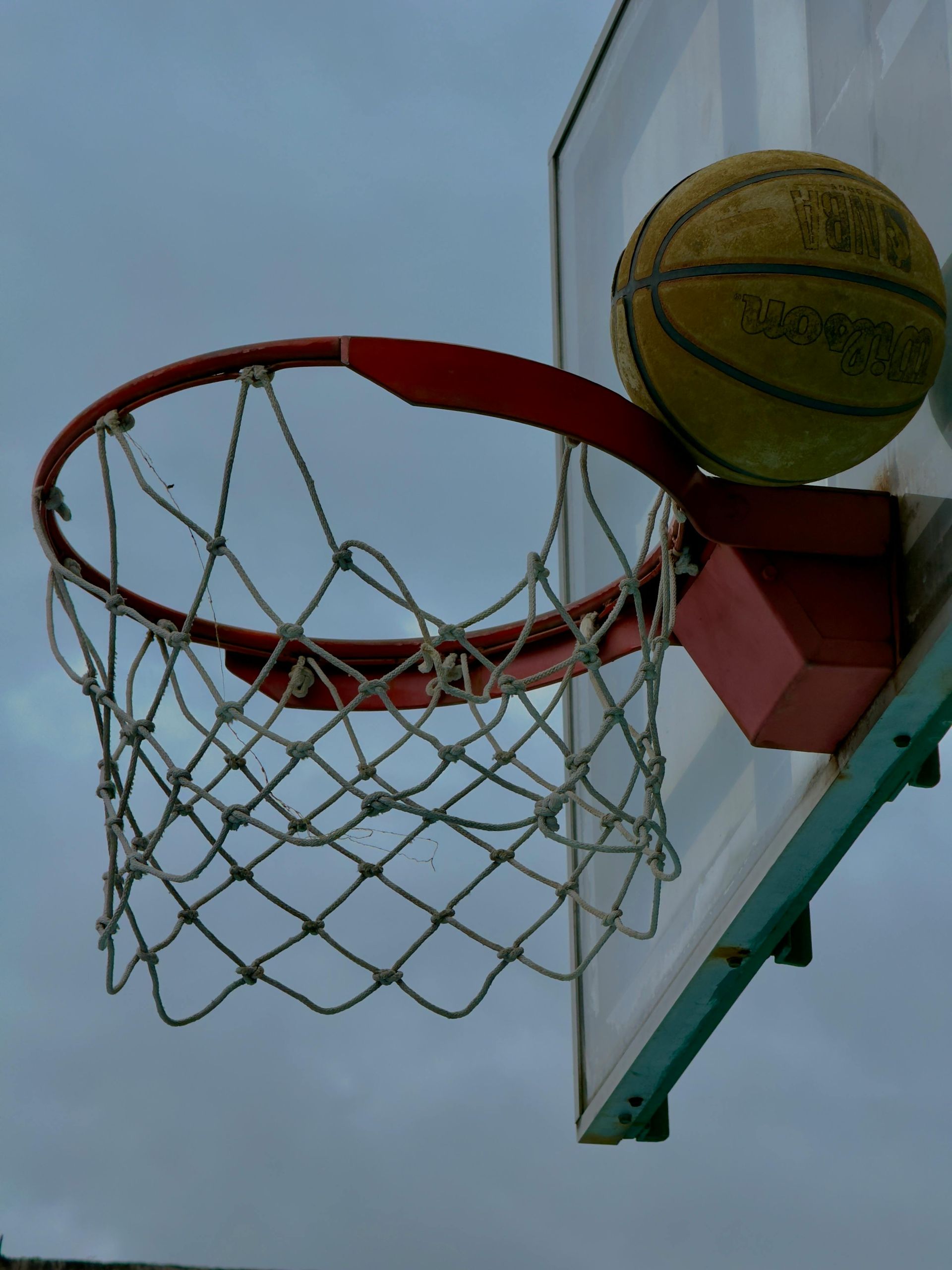Galen Harkness • August 25, 2023
Mastering the Art of Defense: Become a Lockdown Defender on the Court
Are you ready to elevate your basketball game to the next level?

Mastering the Art of Defense: Become a Lockdown Defender on the Court
Are you ready to elevate your basketball game to the next level? If you're determined to dominate the court as a lockdown defender, we've got you covered with a comprehensive guide on how to shut down opponents and leave a lasting impact.
1. Stay Low and Ready
The foundation of effective defense starts with your stance. Bend your knees, stay light on your feet, and be poised to strike. This low defensive stance not only enhances your agility but also sharpens your reaction times. By being ready to pounce, you'll have what it takes to guard your opponent like a pro!
2. Active Hands and Anticipation
Defensive prowess involves more than just your feet – your hands play a vital role too. Intercept passes and block shots by getting your hands in the passing lanes. Read your opponent's movements like a well-worn book, and you'll find yourself making steals and blocking shots with finesse.
3. Defensive Footwork
Mastering the art of footwork is your ticket to staying in control. Sideways slide like a seasoned pro to keep yourself right in front of your opponent. Flawless footwork not only keeps you well-positioned but also keeps your opponent on their toes, struggling to find an opening.
4. Ball Pressure
Don't allow your opponent even a second to breathe. Apply relentless ball pressure to disrupt their game plan and force turnovers. By keeping them guessing and uncomfortable, you'll throw them off balance and seize the advantage.
5. Study Your Opponent
Knowledge is power, and this holds true in basketball as well. Dive into understanding your opponent's tendencies, strengths, and weaknesses. Anticipate their moves, and shut them down with finesse by adapting your strategy to counter theirs.
6. Avoid Reaching
Reckless swipes can lead to fouls and openings for your opponent. Focus on positioning and footwork rather than wild reaches. By keeping your hands in and avoiding unnecessary risks, you maintain control while defending.
7. Communication
Defense is a team effort. Effective communication with your teammates is paramount. Call out switches, screens, and stay connected on the court. Working together cohesively ensures a tighter defense and minimizes gaps.
8. Close Out Under Control
Approaching a shooter requires precision. Close out on them like a champion with controlled steps, hands up, and contest the shot. By staying composed and focused, you'll reduce their shooting opportunities.
9. Defensive Mindset
Embrace the challenge of defense with a determined mindset. Own the court and take pride in shutting down opponents. Let your determination shine through in your defensive plays, making you a force to be reckoned with.
10. Conditioning
A well-conditioned athlete is a formidable defender. Keep your engine running at peak performance by maintaining excellent physical fitness. With endurance on your side, you can sustain your defensive efforts throughout the game.
Step up your defensive game by incorporating these tips into your training routine. With consistent practice and dedication, you'll transform into an ultimate lockdown defender on the court. Remember, mastery of defense requires time, effort, and perseverance – but the rewards are extraordinary. Get ready to become the player nobody wants to face! 🏀💪
